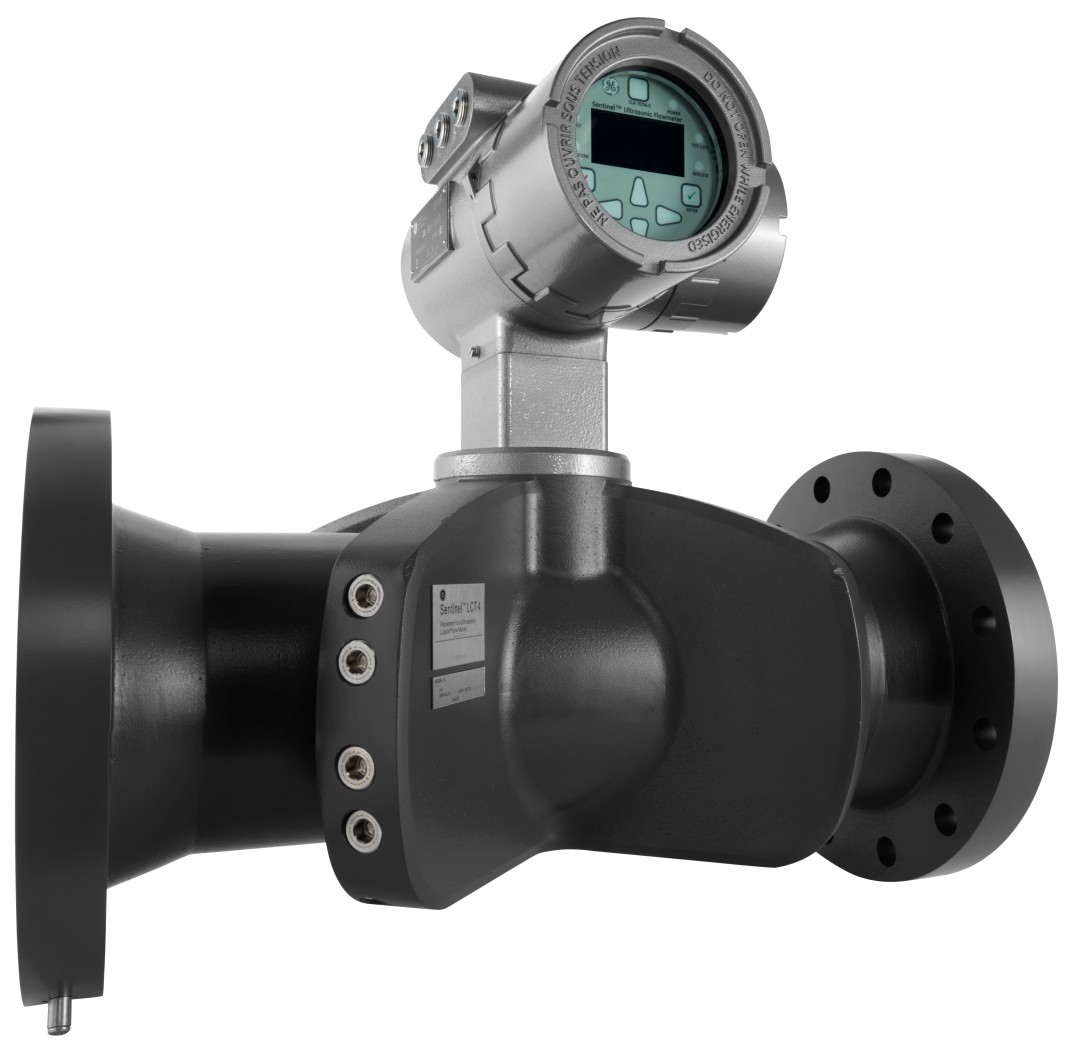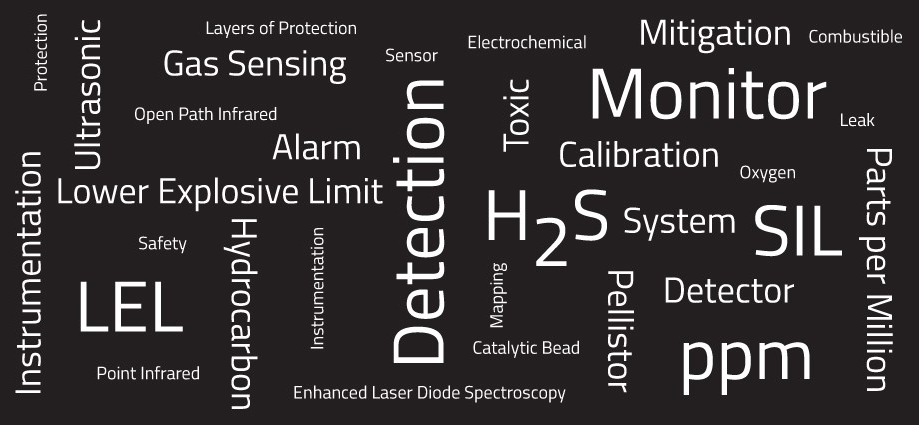Food manufacturing facilities, agricultural farms, chemical plants and other industrial plants use tanks and silos for storage of necessary processing ingredients or end product. Monitoring the levels of these steel storage vaults is essential for inventory control and safety. But, tank level monitoring is often a challenging task.








